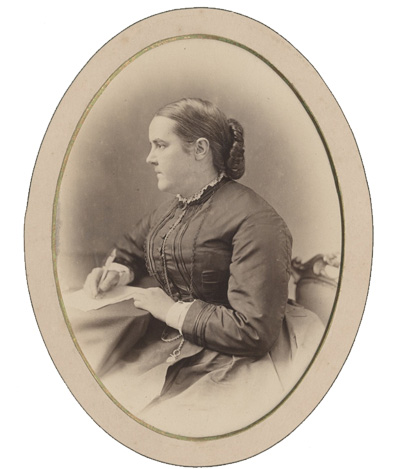Property records covering the whole of Scotland in 1885 have been made available via ScotlandsPeople giving historians and genealogists an excellent resource for researching late Victorian Scotland. The Valuation Rolls comprise over 77,000 digital images taken from 144 volumes and include 1.4 million index entries. Visitors to the ScotlandsPeople website and Centre are now able to search Valuation Rolls covering the years 1885, 1895, 1905, 1915 and 1920 - often providing valuable information about the inter-census years.
Some famous episodes in Scottish history can be traced using the Rolls including the 'Battle of the Braes' crofters protest in the Highlands and Islands, Dr Sophia Jex-Blake, one of the first female medical students of Edinburgh University, the social housing project paid for by John Ritchie Findlay, proprietor of The Scotsman, William Arrol the famous engineer and Scotland's infamously bad poet William McGonagall.

Fiona Hyslop, Cabinet Secretary for Culture and External Affairs in the Scottish Government, said:
“Scotlands People is a superb digital resource for those who to wish explore their family pasts, both for Scots who live here now and for those whose ancestors left Scotland as part of the Diaspora. I hope that researching these new online records will inspire people to visit Scotland to see the places where their ancestors lived and worked, making their own journey of discovery in this year of Homecoming.”
Tim Ellis, Registrar General and Keeper of the Records of Scotland, said:
“The Valuation Rolls of 1885 are a wonderful quarry for people wanting to find out more about the lives and homes of their Victorian ancestors – or for those who are interested in the rich stories and characters of that period. The National Records of Scotland is committed to continuously improving and enhancing its services, and I’m delighted that we’ve now been able to make these fascinating records available online through our ScotlandsPeople website.”
The Valuation Rolls can be searched along with statutory registers, old parish registers, Catholic registers, census records, wills and testaments and coats of arms on the ScotlandsPeople website, at the ScotlandsPeople Centre in Edinburgh, and at local family history centres in Glasgow, Kilmarnock, Hawick and Inverness.